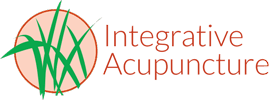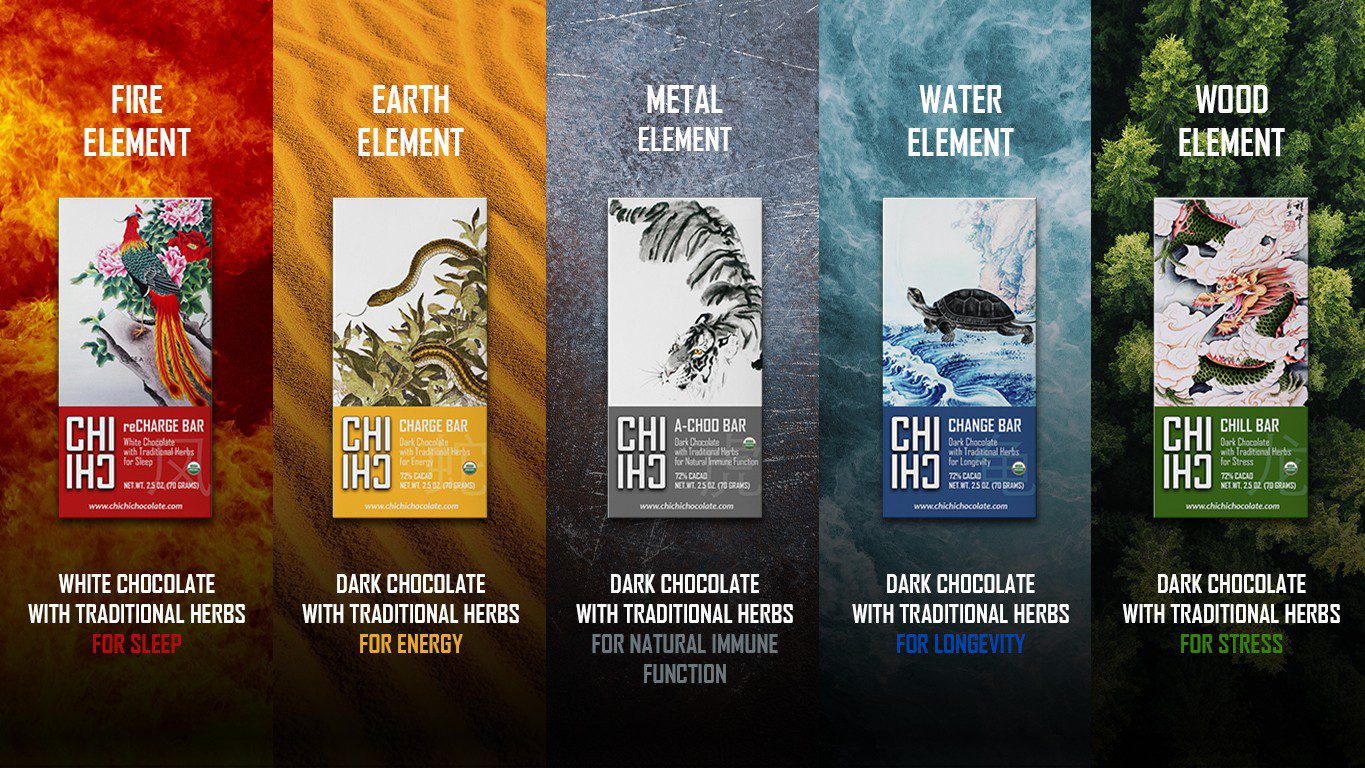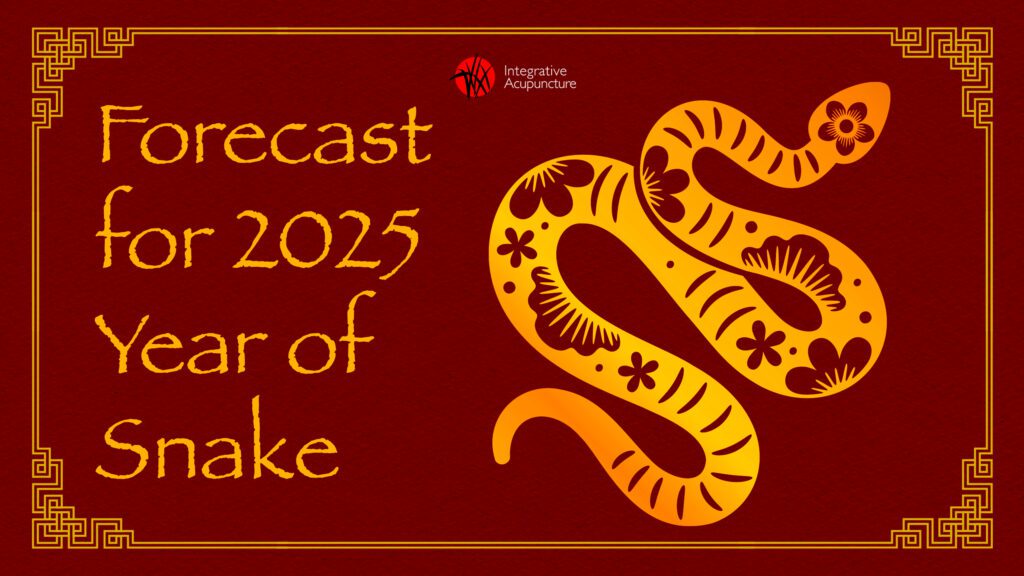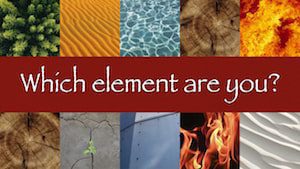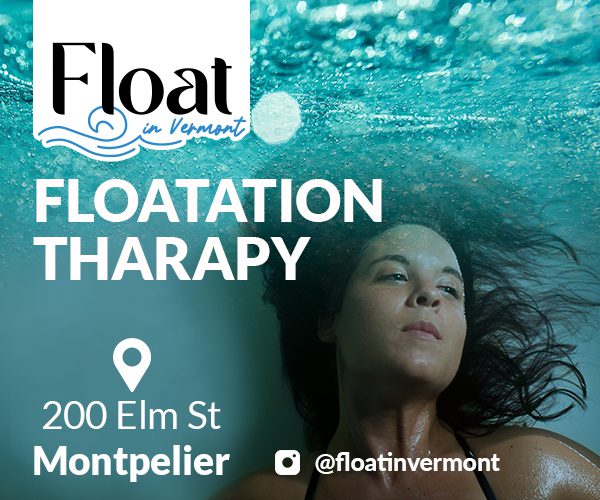The Ancient Roots of Qi and Healing
In the rich history of Traditional Chinese Medicine (TCM), few figures shine as brightly as Sun Simiao, the great Tang dynasty physician and scholar often called the King of Medicine. His monumental work, the Beiji Qianjin Yaofang—translated as Essential Prescriptions Worth a Thousand Pieces of Gold for Emergencies—remains one of the most influential medical texts in Chinese history.
Completed in 652 CE, this encyclopedic classic shaped how generations of physicians understood disease, health, and the cultivation of life energy—Qi (氣). Sun Simiao’s integration of moral philosophy, herbal pharmacology, acupuncture, and lifestyle wisdom created a blueprint that continues to guide holistic care today.
Who Was Sun Simiao?
Sun Simiao (581–682 CE) lived during a time of immense cultural and scientific development in China. Trained in the Confucian classics, Taoist alchemy, and Buddhist ethics, he became a physician known for both his deep compassion and his encyclopedic knowledge of healing.
He famously wrote:
“A great doctor is one who treats all patients equally, whether noble or humble, rich or poor.”
This humanitarian vision helped shape the ethical foundation of Chinese medical practice, emphasizing integrity, empathy, and the pursuit of balance—not profit—as the heart of medicine.
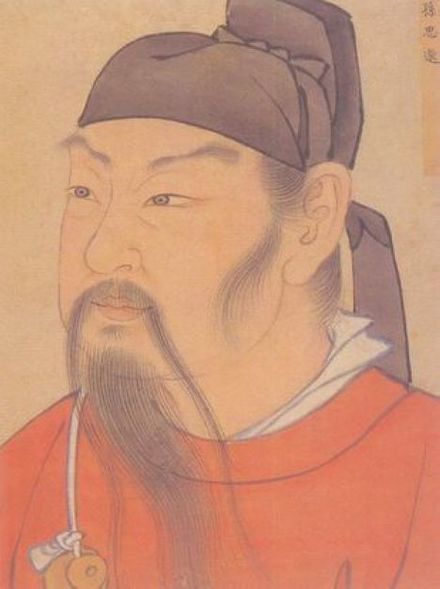
The Beiji Qianjin Yaofang: A Thousand Pieces of Gold
The Beiji Qianjin Yaofang is far more than a collection of herbal prescriptions. According to ChinaCulture.org, Sun Simiao “gathered and studied medical knowledge from before the Tang dynasty, combined with his own decades of clinical experience,” producing both the Beiji Qianjin Yaofang and its sequel Qianjin Yifang—together known as the Qianjin Fang (“Prescriptions Worth a Thousand Gold Pieces”).
The work spans 30 volumes and contains over 5,300 prescriptions grouped into more than 230 categories—from gynecology and pediatrics to internal medicine, external injuries, and emergency care. Source
Each section blends practical formulas with discussions of physiology, disease prevention, diet, acupuncture, and moral conduct. Sun Simiao did not view medicine as simply curing symptoms, but as nourishing life, preserving the harmony of Qi, Yin, and Yang that sustains vitality.
Qi and the Human Body
In Sun Simiao’s time, the theory of Qi had already evolved over a millennium. Earlier classics like the Huangdi Neijing (Yellow Emperor’s Inner Classic) had defined Qi as the vital energy that animates all living beings and links the human body with the rhythms of the natural world.
Qi was understood as both substance and function—the invisible breath that fuels every process of life. It warms, transforms, protects, and moves the body’s essential substances (blood, fluids, essence). When Qi flows freely, we experience health; when Qi is blocked, weak, or imbalanced, illness arises.
Sun Simiao’s text included detailed chapters on “Diseases of Qi” (Qi Bing), describing how emotional stress, diet, overwork, or external influences like Wind and Cold could disturb the smooth circulation of Qi. He outlined therapies to restore balance, such as herbal tonics, acupuncture, breathing exercises, and dietary adjustments. These approaches still echo through modern acupuncture and herbal practice today.
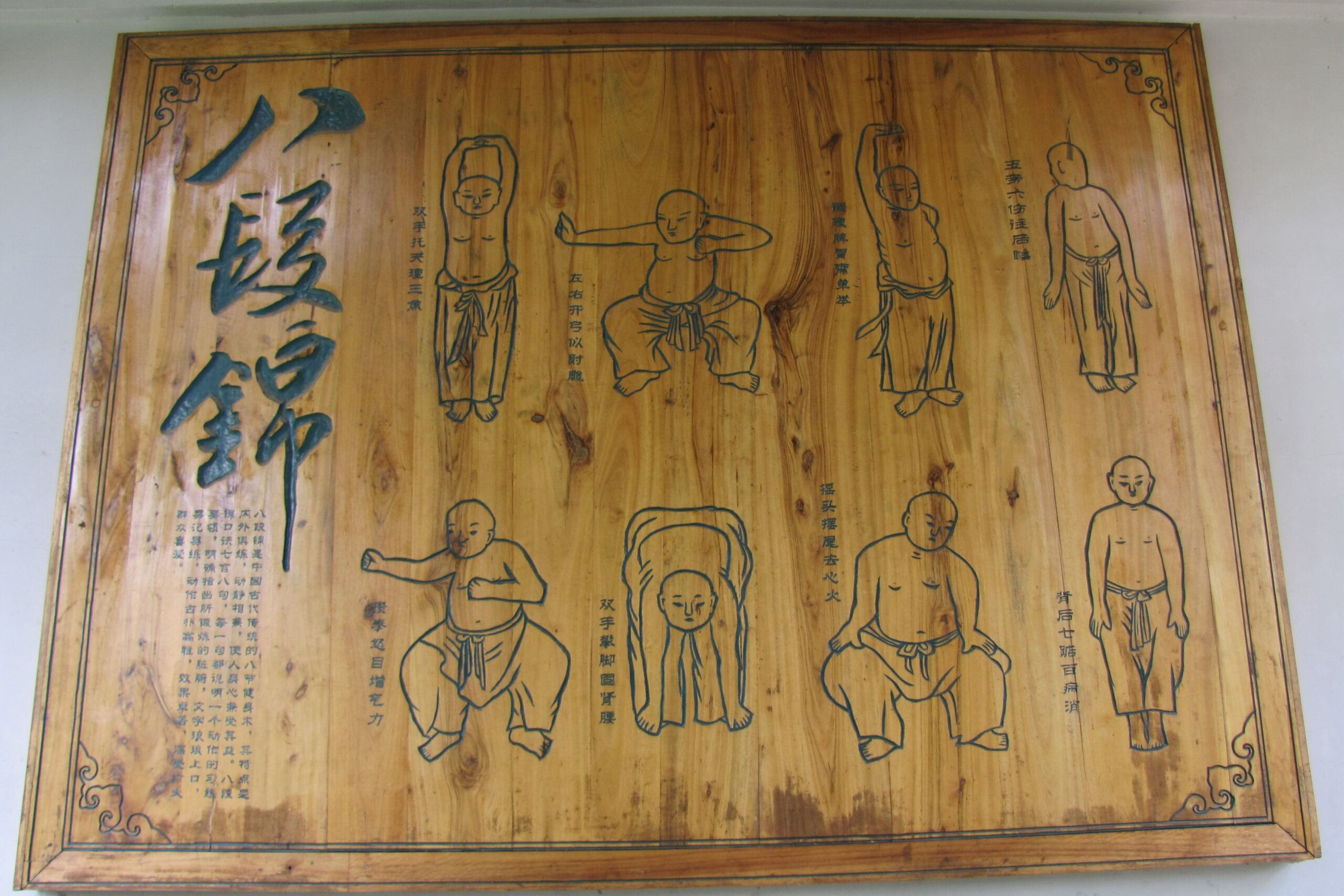
A Synthesis of Theory and Practice
Recent scholarship, such as Medicine and Healing in Ancient East Asia (Cambridge University Press, 2023), describes Beiji Qianjin Yaofang as “an encyclopedic canon of emergency medicine that integrates recipes, theoretical discussions, and therapeutic approaches across internal and external diseases.”
The text includes not only herbal remedies but also methods of pulse diagnosis, acupuncture and moxibustion, breathing practices, and Qi cultivation—bridging the external treatment of disease and the internal regulation of energy. It represents a Tang-era synthesis of Yin-Yang, Five Element, and Qi theories that shaped all later forms of Traditional Chinese Medicine. Source
Holistic Healing: Body, Mind, and Ethics
The Institute for Traditional Medicine notes that Sun Simiao’s work also addresses acupuncture, massage, dietary therapy, and moral conduct as equally important forms of treatment. He argued that the physician’s own state of mind and virtue directly influenced the outcome of healing—an idea that resonates strongly with contemporary holistic care. Source
He advised doctors to cultivate calmness, humility, and compassion, stating that the heart of a healer must be as “pure as still water.” This ethical dimension highlights how classical Chinese medicine never separated body from spirit—the practitioner’s Qi was believed to interact with the patient’s, guiding recovery on both physical and energetic levels.
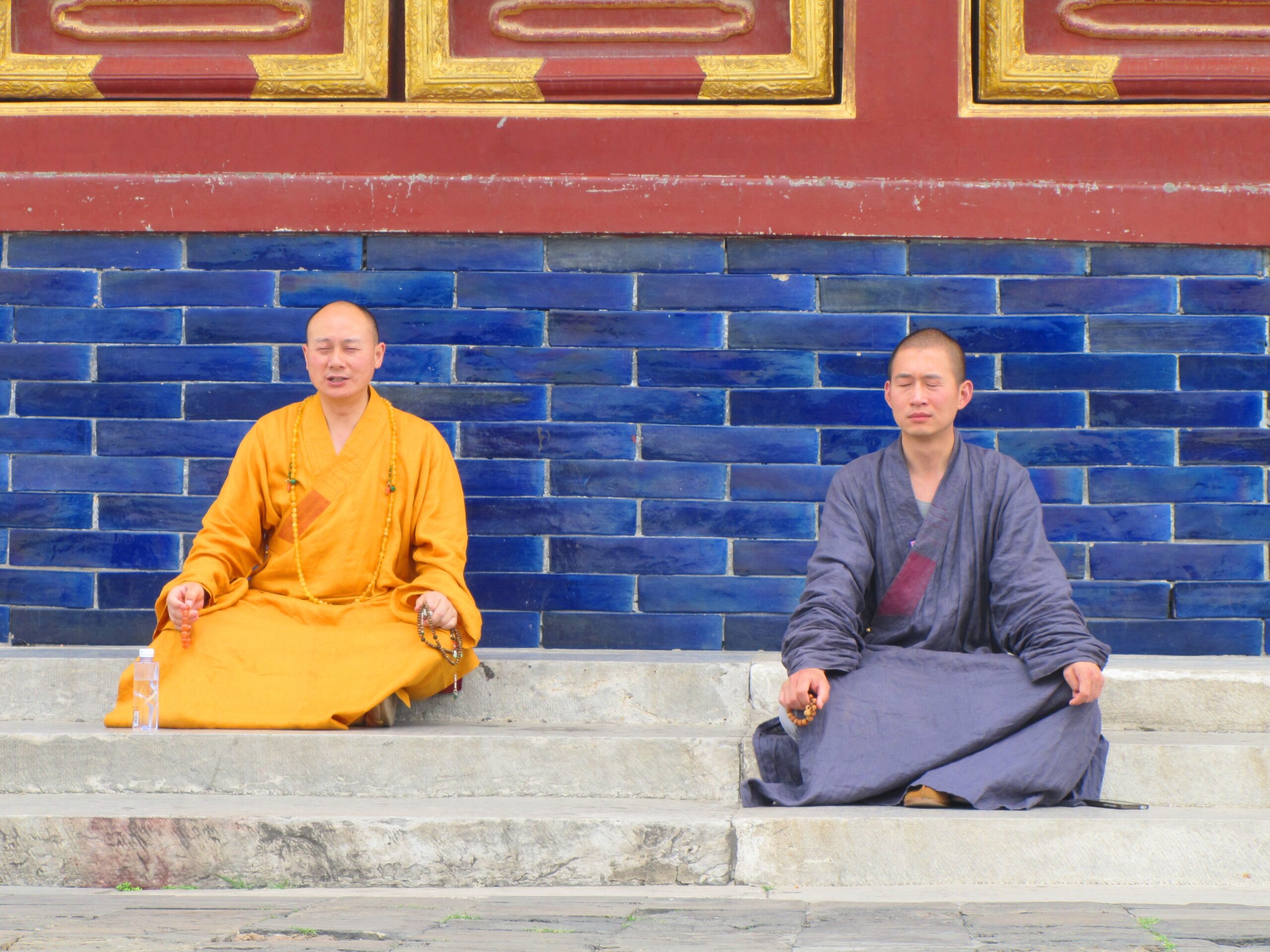
Qi and Modern Understanding
While the concept of Qi is not directly measurable by modern biomedical tools, parallels can be drawn. Some practitioners liken Qi to the biological energy that drives metabolism, electrical nerve activity, and circulation. Others see Qi as a metaphor for homeostasis and systemic regulation—the body’s ability to adapt, self-correct, and maintain internal harmony.
Acupuncture and herbal medicine, from this view, become tools to optimize the flow of energy and information throughout the body, much like adjusting a network to improve communication and function. Though scientific language differs, the essence remains: maintaining smooth and balanced Qi supports resilience and vitality.
A Lasting Legacy
Sun Simiao’s Beiji Qianjin Yaofang laid the groundwork for much of what we practice in Traditional Chinese Medicine today. It bridged philosophy and practical medicine, combining the spiritual, ethical, and physical dimensions of healing into one coherent system.
His writings on Qi regulation, emotional balance, and the unity of mind and body still resonate with patients seeking holistic paths to wellness. The text endures not only as a medical encyclopedia but also as a guide to living in harmony—with nature, with others, and within oneself.
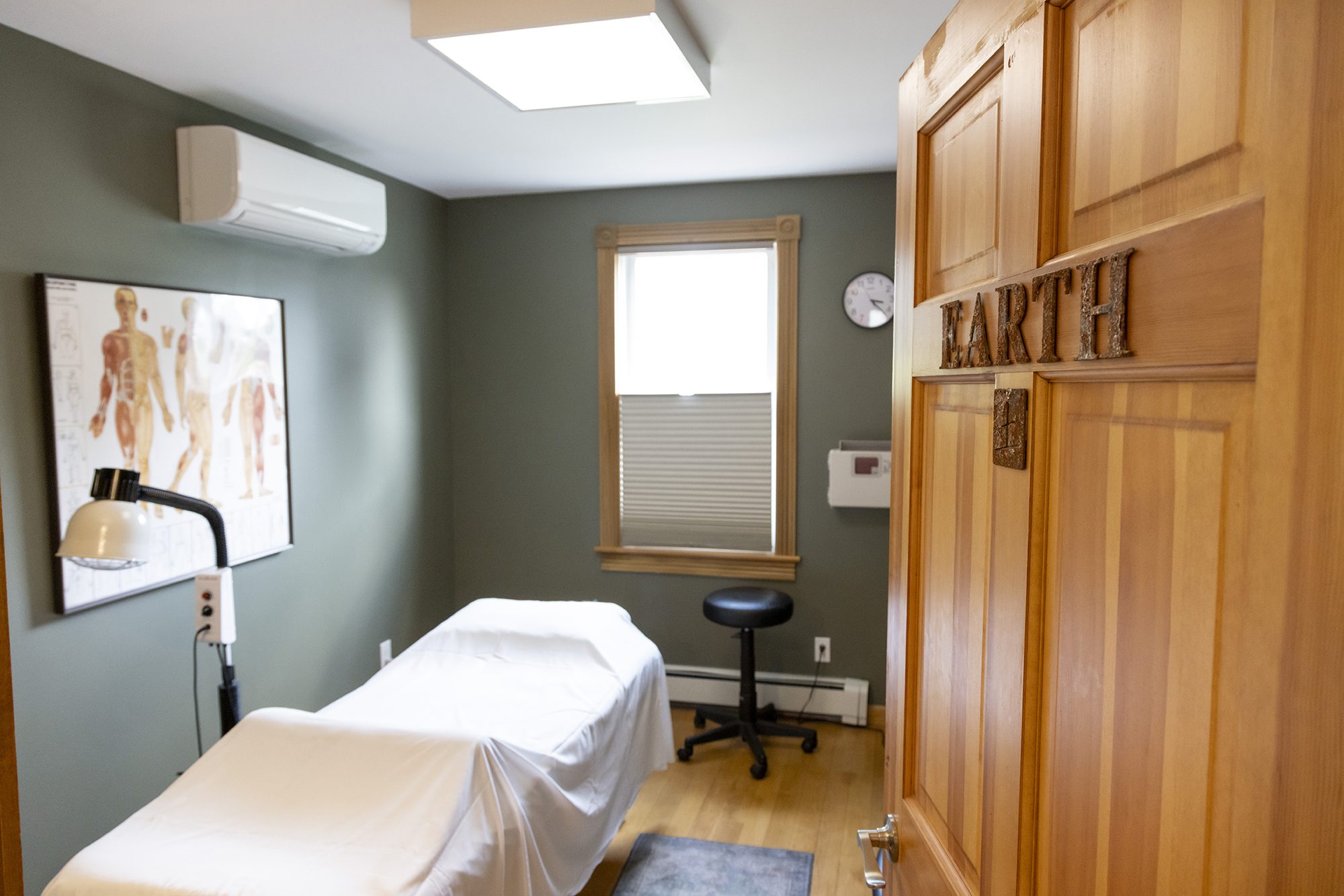
In Essence
Over 1,300 years after its completion, Beiji Qianjin Yaofang continues to inspire acupuncturists, herbalists, and healers worldwide. Sun Simiao’s message remains timeless:
“To nurture life and preserve Qi is the greatest form of medicine.”
At Integrative Acupuncture, our approach to care carries forward this same vision—supporting balance, vitality, and well-being through the wisdom of Chinese medicine, grounded in both ancient insight and modern understanding.
